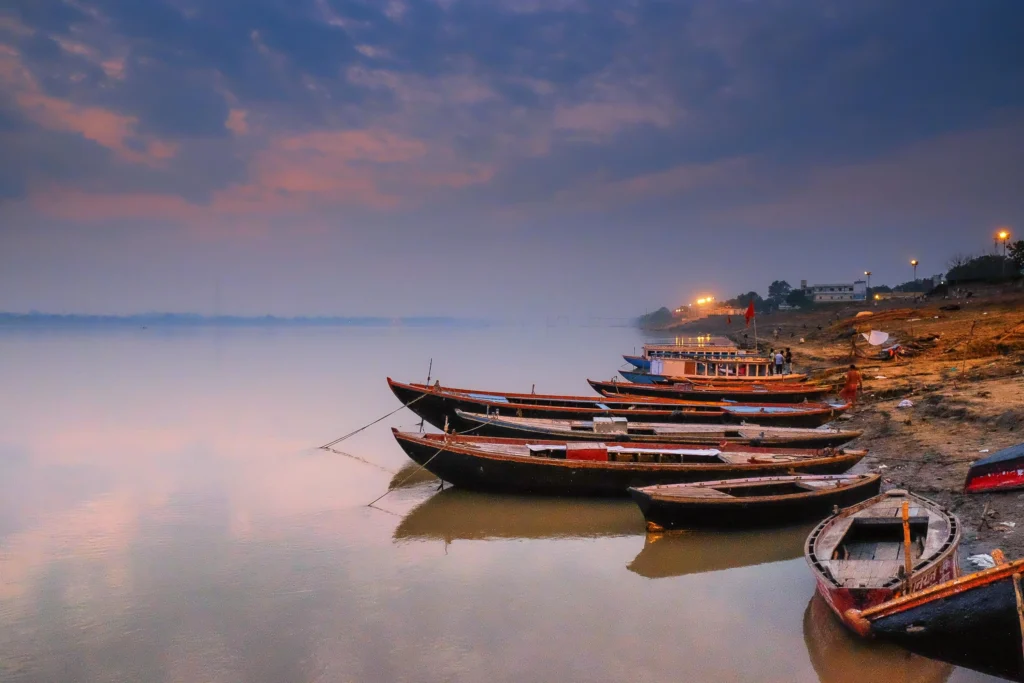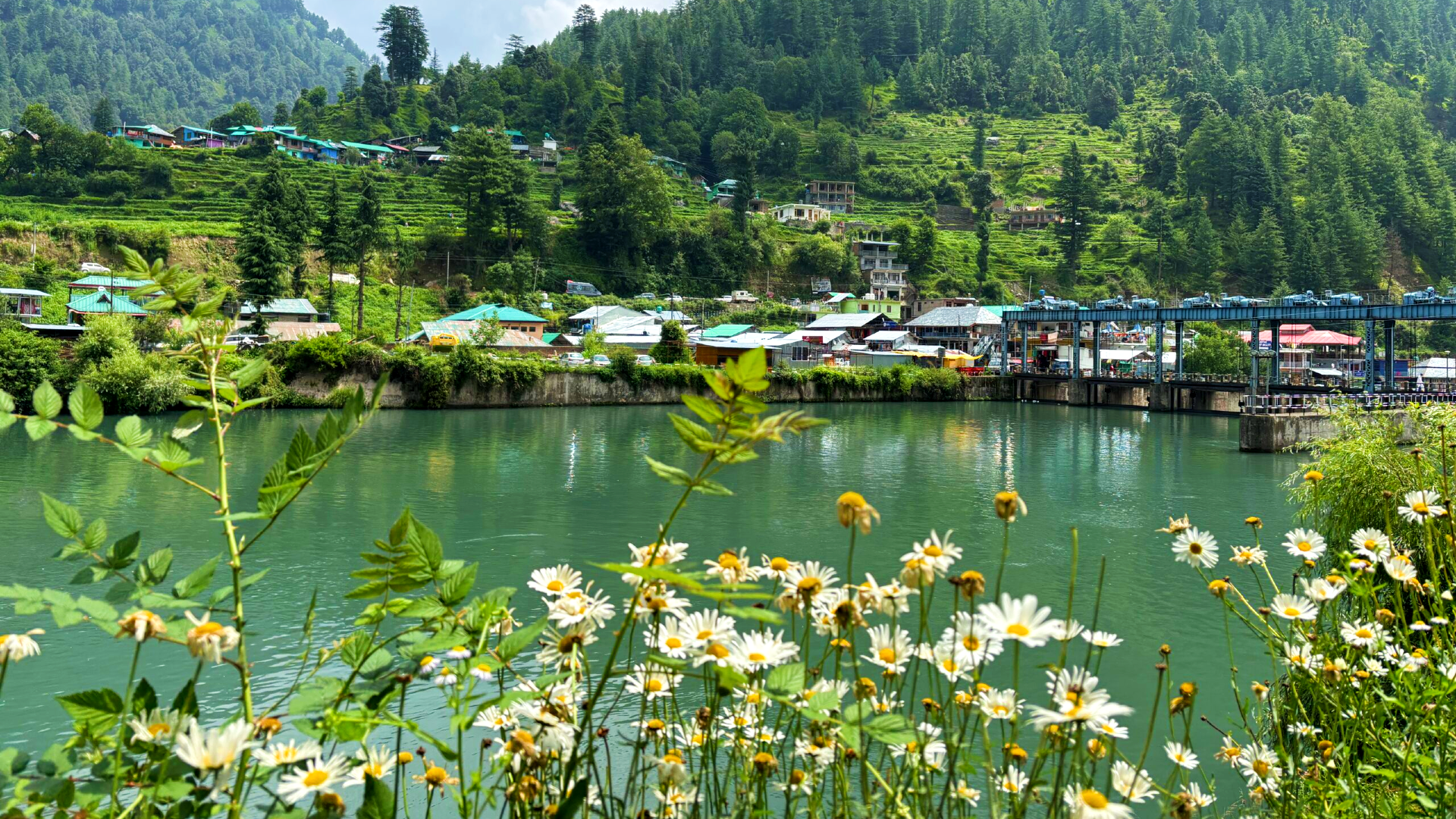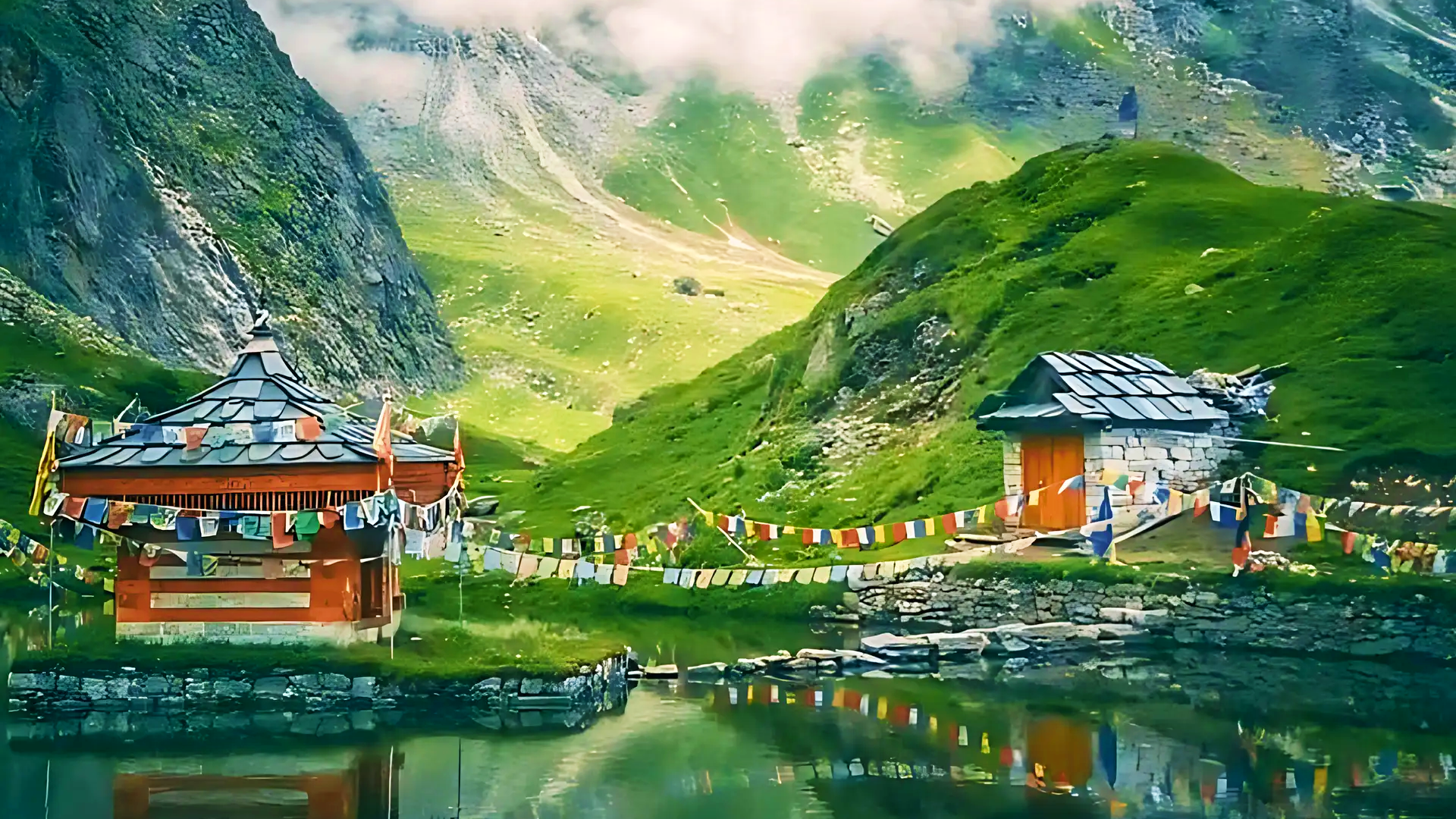Touring Varanasi enables you to access India’s beating core while sharing similar comfort to the familiar shelter of a family grandfather’s residence. The ancient city holds the respected Kashi Vishwanath Temple which also goes by the names Kashi and Banaras. History has passed Varanasi as the river bends in a holy horseshoe shape while the city continues to be the central destination for Hindu devotees.
Since Bengalis with respect refer to it as the Biswanath Temple the religious landmark has withstood many centuries of political turmoil and now represents the strength of faith. Each Varanasi street corner reveals historical stories about both extravagant Haveli’s and dynamic ghats which transform the city into an active historical collection of Indian culture and we have covered some of the best places to explore in Varanasi in this article.
Mark Twain shown admiration for the vast history of Varanasi because the city has many remarkable elements. Thought of old age in this community leads to respect for its weight as something valuable both in history and present day existence. The city of Varanasi allows visitors to explore authentic nostalgia as an exploration of their deepest emotional core.
Spiritual and socio-political movements have converged in Varanasi for an astounding 4000 years as the city developed into its current identity. Hindus from all over the world journey to Varanasi because it is classified as one of seven sacred cities known as Sapta Puri thus granting the opportunity for religious believers to attain liberation from the cycle of rebirth after passing away near the Ganga river bank.
The Buddha delivered his first sermon in Sarnath which is located in proximity to this area. The streets of Varanasi were trodden by great poets Kabir and Tulsidas alongside the scholars who lived there during the Mughal time period when this place became a primary trading hub for silk and muslin.
Varanasi experienced multiple periods of unrest as history shows limited kindness toward the city. A historical conflict exists between the Gyanvapi Mosque which neighbours the Biswanath Temple because it remains a focal point for ongoing political debates. Varanasi functions beyond its city status because it serves as a vital core that influences both Indian cultural development and national political direction.
Beyond the historical and political clamour of Varanasi exists an unbroken spiritual connection to balanced peace. Throughout the city saffron flags dance freely as temple bells play while the residents’ continual spiritual dedication keeps alive the principles of peace and devotion. Humans handle the conflicts of life through their minds by retracing stories of love and humaneness.
Planning to visit Varanasi?
- Booking Hotels: Booking.com, Agoda, MakeMyTrip and Hostelworld.
- Booking Cheap Flights: Skyscanner and Cheapflights.
- Booking Tours: Viator and GetYourGuide.
- Renting a Car: Ola, Uber.
- Travel Insurance: Heymondo. Get 5% off today!
Did you know? Hiuen Tsiang identified Varanasi as “Po-lo-ni-sse” when he wrote about his travels in the historic records.
Getting to Varanasi
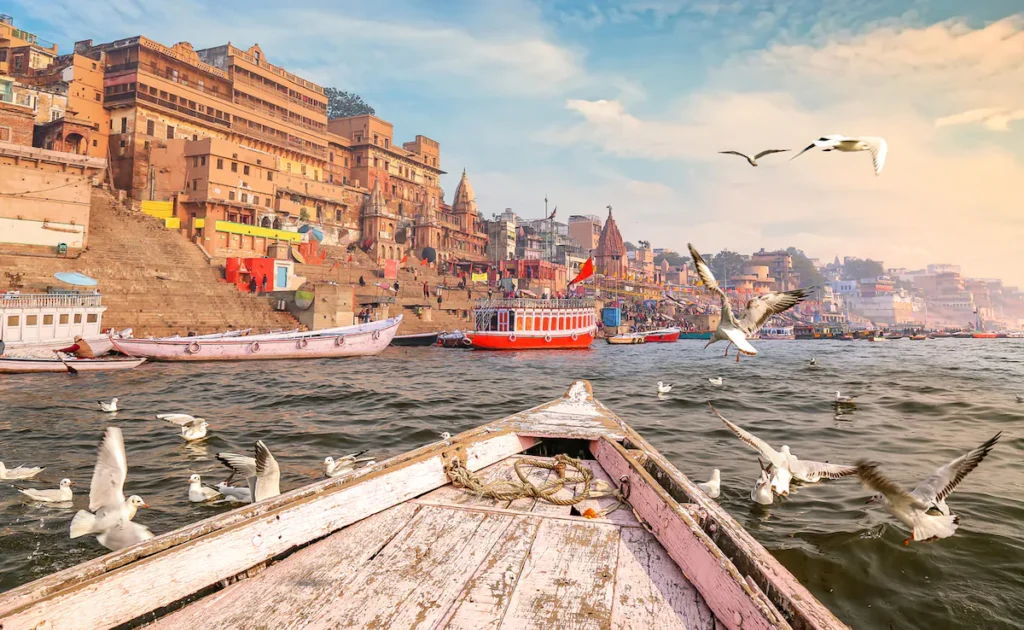
As a city with historic value Varanasi has been linked by transportation to the remaining parts of India since its inception. The city used to be accessible by trains that stopped at Mughalsarai station until it received its current name Pt. Deen Dayal Upadhyaya Junction. From Deen Dayal Upadhyaya Junction (DUU) passengers can reach Varanasi by car or bus through an 18 km route. The double-tiered Dufferin Bridge crosses the waterway of Ganga to transport vehicles through Varanasi as it supports the Grand Trunk Road.
Book cheap flights to Varanasi with Skyscanner
Multiple roadway connections lead to Varanasi through NH 19 (from Delhi to Kolkata) and NH 7 (framework to Kanyakumari) and NH 233 which reaches Nepalese city Lumbini. Travellers can reach the city using Varanasi Cantt as their main railway station. (BSB), Kashi Railway Station (KEI), and Banaras Railway Station (MUV).
By Air: Lal Bahadur Shastri International Airport (BNS) links Varanasi to destinations across South Asia.
Tourists visiting India for their initial trip must prioritise Varanasi when touring the Golden Triangle destinations.
The Ganga: Lifeline of Varanasi

The Ganga stands comparable to the Nile in its role as a river which sustained Indian civilisation throughout millennia. The ghats of the city allow people to observe numerous expressions of life that range from sacred rituals to deep contemplation. The many ghats represent Varanasi’s living centre which attracts numerous pilgrims and travellers.
The evening Ganga Aarti manifests as a captivating ritual through which priests perform moving light rituals while singing hymns that create an everlasting impression. No matter the origin of visitors the river creates a mystical sensation that transforms them into locals.
Exploring the Ghats of Varanasi

Spend the whole day examining the legendary ghats across Varanasi because they each present unique tales of history. Over a length spanning four kilometres the ghats embody the fundamental character of India.
The preservation of Varanasi throughout the years has benefited from the contributions of numerous lords starting with Rajput kings and continuing through Tamil rulers and finally the Bengali Zamindars. The riverbanks display diverse architecture and customs as a result of their past rulers.
A recommended route:
The journey should start at Assi Ghat before continuing along the path until reaching Manikarnika Ghat where Hindus perform final funeral rites before death.
Check out the best places to visit in New Delhi
Day 2 should commence at the active Dasaswamedh Ghat before moving to Panchganga Ghat. Dasaswamedh Ghat stands out among the ghats because of its active religious setting and vibrant atmosphere.
Literary enthusiasts across India may recognise Varanasi through its pivotal roles in Pather Panchali and Feluda as Apu’s family found peace there after sorrow and as Feluda relaxed after completing his detective work.
A Boat Ride on the Ganga

The Ganges boat ride which originally stems from the English language displays a sophisticated charm that Varanasi visitors must experience.
The standard boat trip costs INR 1500 between Assi and Manikarnika Ghat although passengers might share the fare when bargaining effectively.
The price of evening Aarti boat rides begins at INR 500 until the price becomes INR 150 when you wait until the end.
A ferry that operates between Dasaswamedh Ghat and the sandbanks can be reached for a budget-friendly INR 20 price which offers residents their everyday perspective.
Travellers should experience Varanasi by boat during the sunset. The ancient haveli’s witness the last sunlight touches which creates a dramatic sky of red as the city bathes in mystical colours.
Best places to explore in Varanasi
1. Kashi Vishwanath Temple – Most Sacred Temple of Shiva

Among the twelve Jyotirlingas of Lord Shiva stands the Kashi Vishwanath Temple which functions as the most significant religious site in Varanasi. Worshippers considers this temple as the central source of spiritual power while continuous devotion has occurred here throughout multiple centuries. Worshippers believe that traveling to this temple combined with prayers directed at Lord Shiva leads to liberation from rebirth during the cycle of death and rebirth.
The temple stands out under the sun because its gold-plated dome and spire reflect brilliant light while its sanctuary contains the sacred Shiva Linga. Devotees can find continuous religious activity at the temple sanctuary because worshipers chant prayers and give floral offerings as they seek divine blessings.
The perfect period for spiritual worship occurs during mornings or afternoons because it produces peaceful and quiet shrines. Because of overcrowding it is crucial to purchase a VIP darshan ticket which will help bypass waiting in lines.
2. Dashashwamedh Ghat – Witness the Spectacular Ganga Aarti
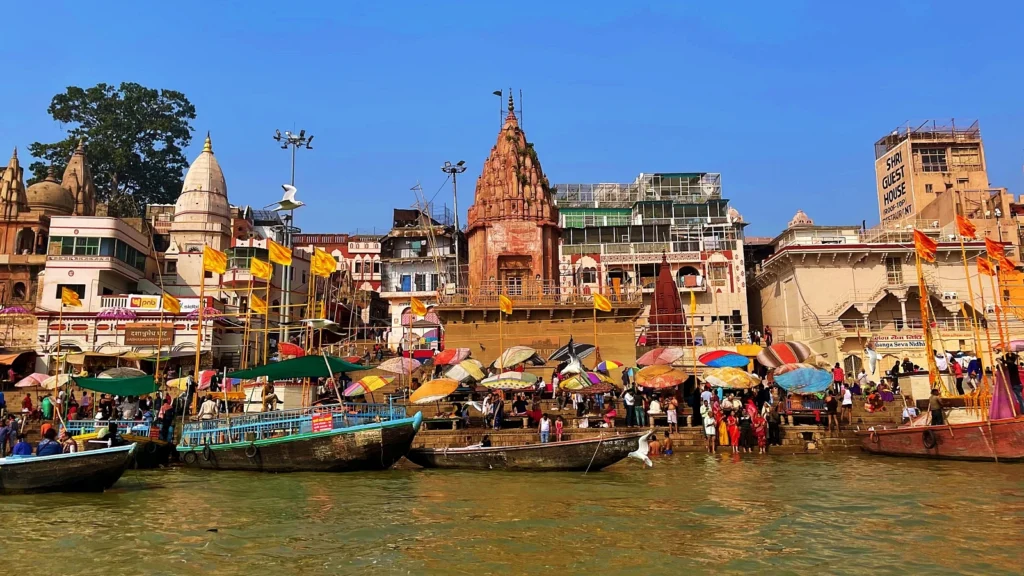
Among all ghat locations in Varanasi the Dashashwamedh Ghat stands as both the most celebrated and active waterfront. Each evening the Ganga Aarti occurs at this location with priests performing worship using massive brass oil lamps and rhythmic chants together with conch shell sounds. A thousand-strong audience gathers at the site to see this awe-inspiring religious performance under an energised stream of atmosphere.
The floating of oil lamps (diyas) creates magical light reflections across the Ganges which illuminates the river into a miraculous view. Those who come to visit Varanasi need to experience the Aarti as a fundamental attraction.
The prime visiting period is when you should arrive one hour before sunset to secure a desirable viewing spot. Obtain the best panoramic view by cruising through the Ganges during the Aarti.
3. Manikarnika Ghat – Gateway to Moksha
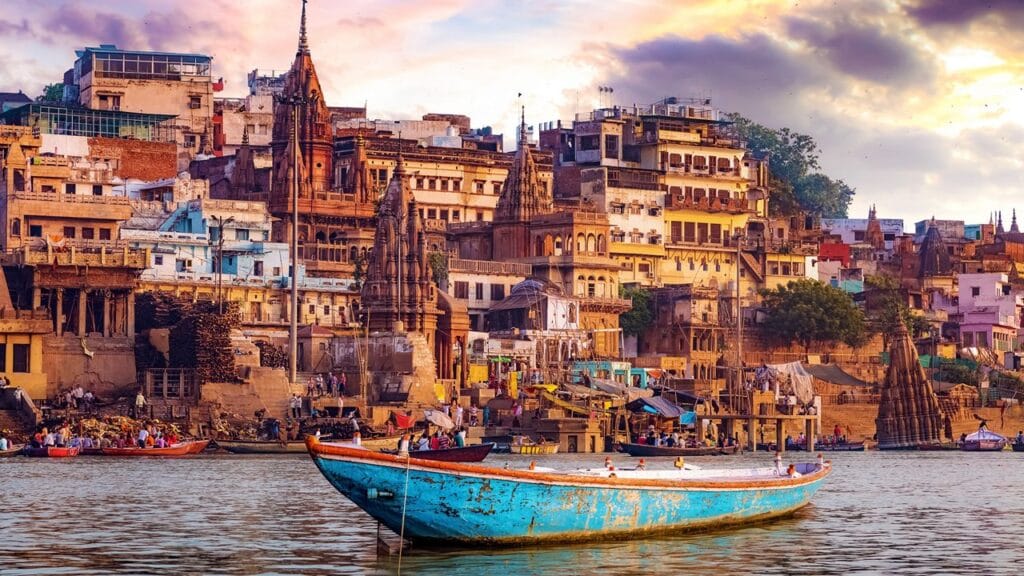
For Hindu practitioners Manikarnika Ghat functions as the most essential space to perform final rituals. The legends say that Lord Shiva and Goddess Parvati stay there to bless the people who have passed away. The deceased who get burnt at this holy site instantly reach spiritual salvation (moksha).
Watching perpetual funeral fires provides an overwhelming yet deep understanding about life and death along with the everlasting cycle of being. The spiritual essence and important nature create a somber atmosphere at this location.
The perfect timing to experience Manikarnika Ghat is when its deepest level occurs during early mornings or late in the evening. A guide from the region will reveal the historical along with mythological value of this ghat site.
4. Spiritual tranquility dwells at Assi Ghat
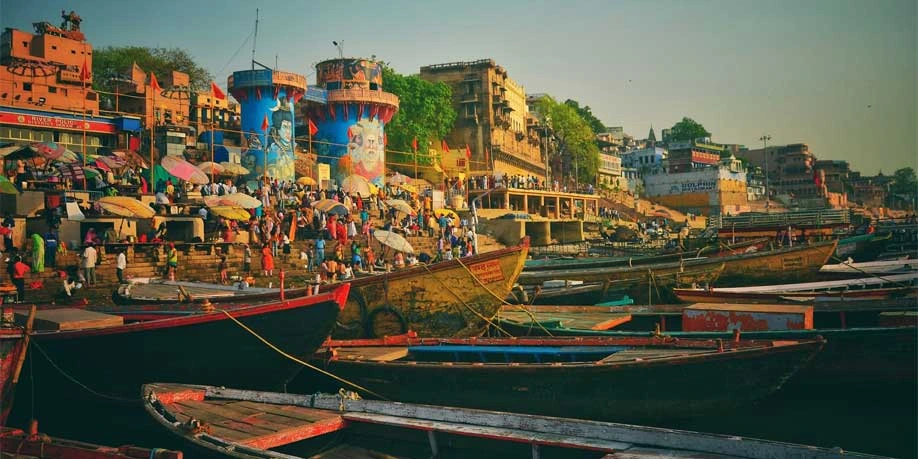
The tranquil setting of Assi Ghat differs drastically from crowed Dashashwamedh Ghat. Together with visitors and religious visitors and inhabitants of the city this popular place serves as a meditation centre that also provides opportunities for yoga exercises and sacred baths.
Subah-E-Banaras is a cultural event at this location that begins with morning yoga followed by live classical music and Aarti and morning Aarti. Tourists can spend time at this ghat by drinking Banarasi chai while observing the flowing river water.
The best moment to enjoy events at this destination occurs during sunrise when you can see the morning Aarti and yoga performances. The local area is best explored using cycle-rickshaw rental services.
5. Sarnath – Birthplace of Buddhism
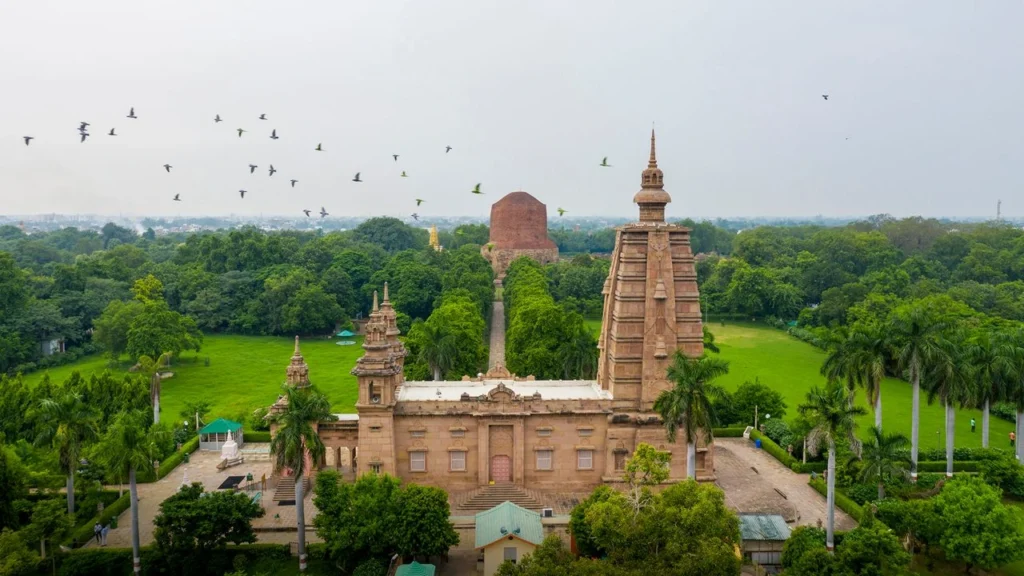
Located 10 kilometres from Varanasi the sacred Buddhist site of Sarnath hosts significant importance because Lord Buddha gave his first sermon after enlightenment. The essential sights at Sarnath include the Dhamek Stupa together with Mulagandha Kuti Vihar along with Ashoka Pillar and the Sarnath Museum.
Visitors can find the Lion Capital of Ashoka at the Sarnath Museum which serves as the national emblem of India. People come to this site because its serenity creates an outstanding environment for peaceful contemplation.
The ideal visiting period for peaceful experience is during the morning hours. A local guide will provide valuable information about how the Buddhist history unfolded at this site.
6. Banaras Hindu University (BHU) – Hub of Education and Culture

This Asian leading university holds its place as a notable landmark of Varanasi. Across 1,300 acres of land resides a university campus which showcases the New Vishwanath Temple as a magnificent Shiva temple built to emulate the original Kashi Vishwanath Temple.
Visitors to the university can discover India’s artistic heritage at the Bharat Kala Bhavan Museum through its excellent display of sculptures and paintings and historical manuscripts.
The ideal period for touring the campus starts at dawn and extends into the afternoon. Visiting the museum will provide better insights into both Indian history and culture.
7. Ramnagar Fort – Peek into Royal Heritage
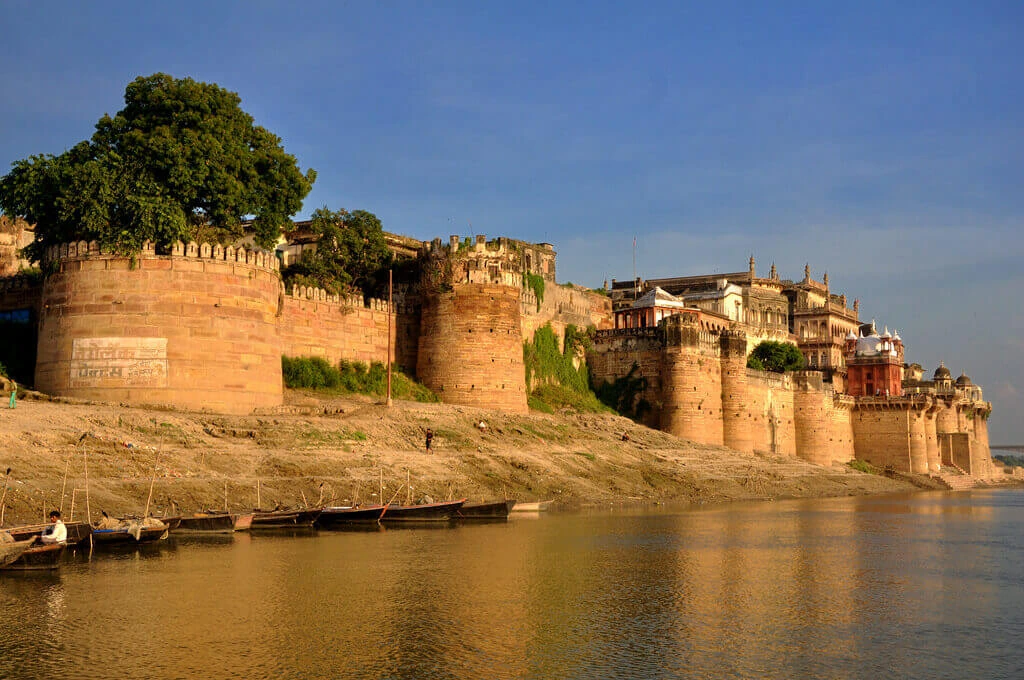
The Ramnagar Fort stands on the eastern side of the Ganges as its construction began in 1750 under the rule of the Banaras Maharaja. The fort’s museum showcases vintage weapons, royal artefacts, old manuscripts, and a collection of vintage cars.
The Ram Leela festival at Ramnagar Fort features numerous spectators who come to witness its re-enactment of the Ramayana.
A visit during the afternoon hours will provide the advantage of decreased crowds at the site. Invest in local fort guide services to study the historical development of the fort site thoroughly.
8. Tulsi Manas Temple – Literary Gem of Varanasi
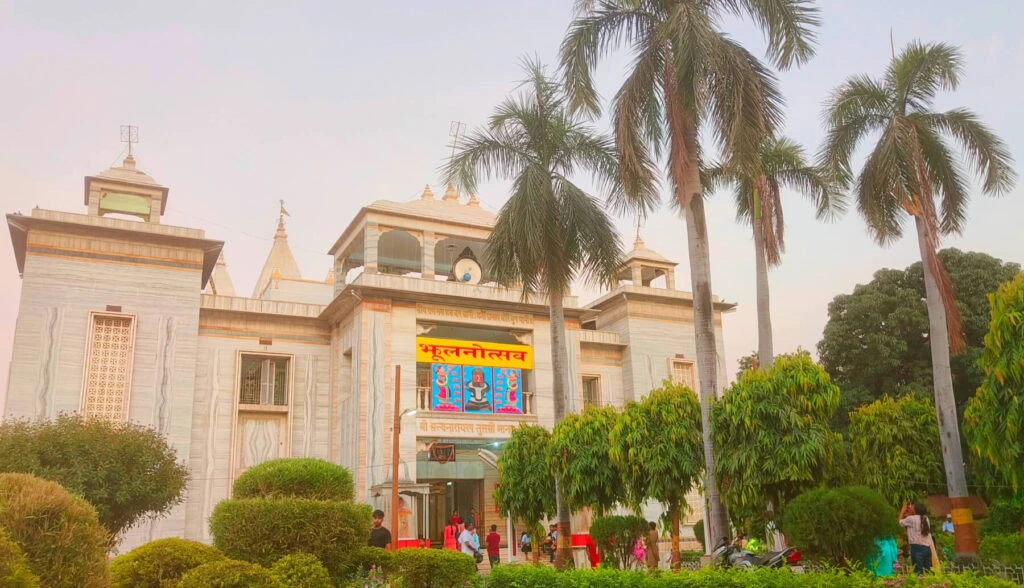
Lord Rama receives worship at this temple which maintains particular historical value because Tulsidas penned the Ramcharitramanas at this location. Devotees alongside literature enthusiasts must stop at this temple because its walls contain sacred verses from the holy text.
The most favourable hours to appreciate the inscriptions clearly at this location are during daylight hours. Devote time to silently read and understand the spiritual meanings within this temple.
9. Bharat Mata Temple – Tribute to Mother India

Visitors can find the Bharat Mata Temple in Varanasi because it worships Mother India instead of a traditional religious figure. The internal space houses a large marble map depicting undivided India along with its geographical features including rivers and mountains and landscapes.
The best time for visiting the site can be distinguished from any portion of your daily schedule. You should make this site part of your itinerary because it appeals to students of history and geography.
10. Alamgir Mosque – Blend of Hindu and Mughal Architecture
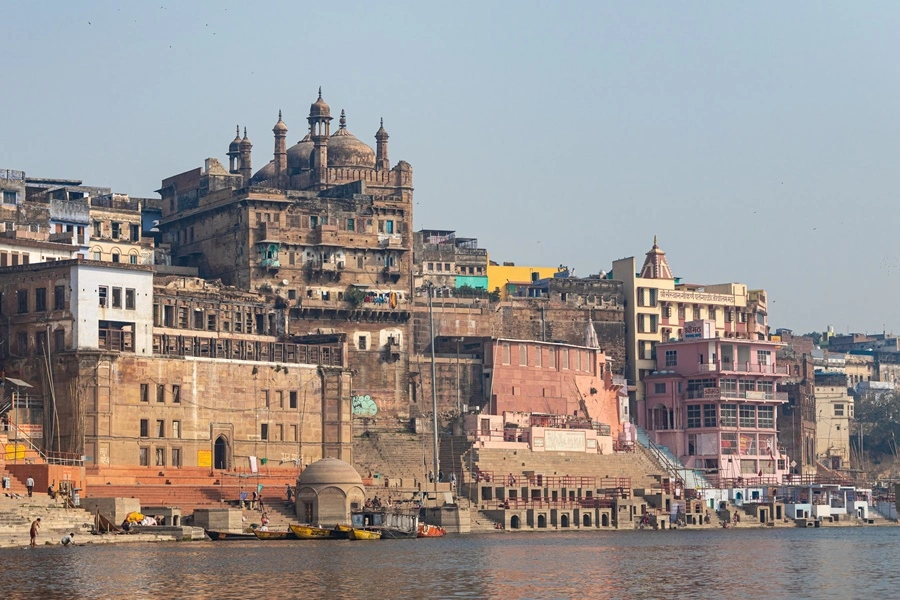
Aurangzeb constructed the Alamgir Mosque which now replaces an older Vishnu temple located at this spot. Visitors can enjoy spectacular scenery while admiring the architectural merging of Hindu and Mughal elements at this location which faces the Ganges.
The best period for peaceful sightseeing occurs during early daytime or late afternoon. You can see the entire city from the terrace area of the mosque.
11. Gyanvapi Well – Well of Knowledge

The Gyanvapi Well exists in the sacred grounds of the Kashi Vishwanath Temple complex. According to religious beliefs Lord Shiva created this well during which time he bestowed divine wisdom upon its groundwater. A search into the Gyanvapi Well generates knowledge because it contains the ‘Well of Knowledge’ name which grants religious wisdom to all observers.
During periods of invasions followers buried the original Shiva Linga from Kashi Vishwanath Temple inside this hidden well to safeguard it. People recognize the well as a holy sanctum that remains important for religious travelers who visit this destination.
The best period to explore Kashi Vishwanath Temple exists during your trip to the temple. Consult with a local priest who will share with you the religious tales connected to the well.
12. Sankat Mochan Hanuman Temple – Problem-Solver’s Abode
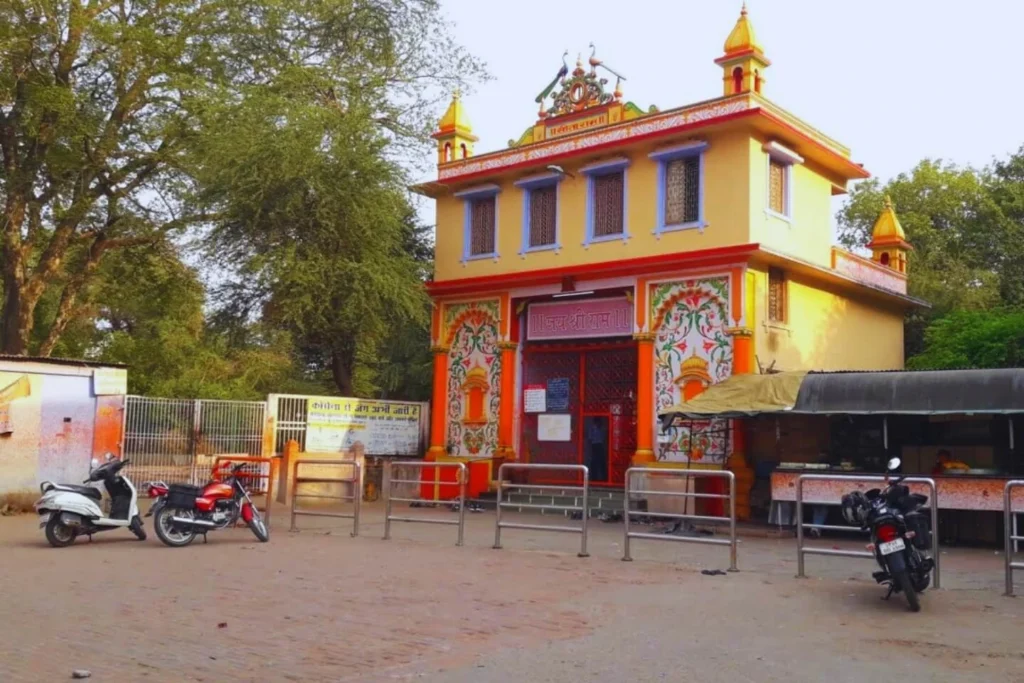
Lord Hanuman receives worship at the Sankat Mochan Temple making it among the most sacred temples within Varanasi. The temple name ‘Sankat Mochan’ designates ‘one who relieves troubles’ due to which devotees visit this site for success and protection blessings.
Fame surrounds Kashi Vishwanath Temple because of its revered version of laddo prasad that brings esteemed blessings. Lord Hanuman behaves as the divine guardian of hundreds of monkeys who live within the temple premises. The temple visitors remain safe even while monkeys play around them without causing any harm.
Visitors should choose Tuesdays and Saturdays to experience the greatest religious atmosphere during Hanuman worship. Openly carrying food creates a risk for monkeys to steal your food items.
13. Nepali Temple – Mini-Kathmandu in Varanasi

The Nepali Temple which visitors often call the Kathwala Temple stands as a Nepalese architectural masterpiece close to Lalita Ghat. The King of Nepal constructed this wooden temple that mirrors the Pashupatinath Temple from Kathmandu with exemplary woodwork designs within its serene environment.
The temple serves Lord Shiva with excellent conditions for people seeking peaceful time during their visit to the crowded bathing site.
The temple becomes available for visitation throughout the daytime since minimal crowds reach the site. Look around a while to appreciate the elaborate wood carvings combined with the pagoda-style design.
14. Ratneshwar Mahadev Temple – Leaning Temple of Varanasi
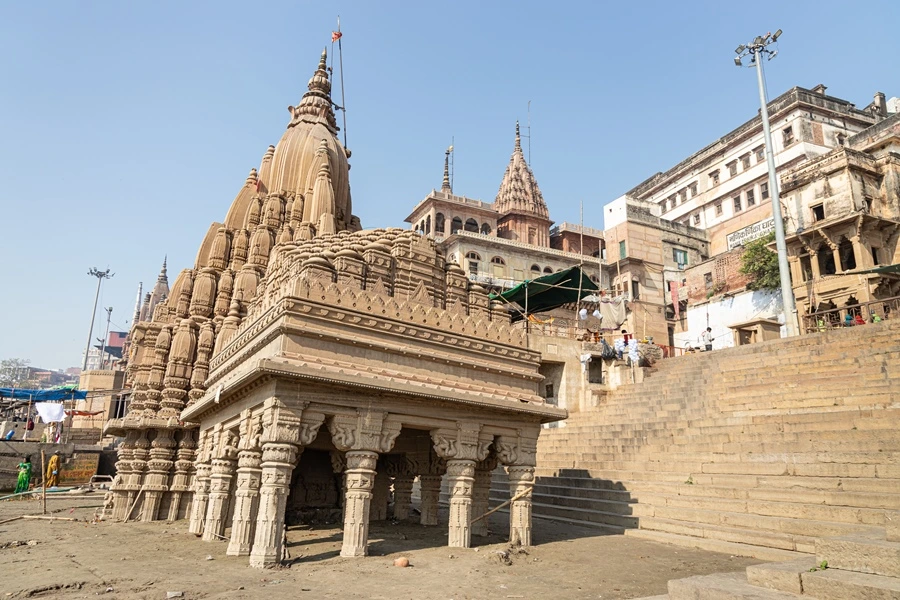
Ratneshwar Mahadev Temple stands as the key leaning temple of Varanasi since it leans noticeably at its foundation. This temple positioned by Manikarnika Ghat experiences partial submersion because engineers dug it into the water line at the edge of the river.
Worshippers continue to venerate the Shiva Linga statue within the temple even though the temple rests underwater. Architects together with scientists have observed the temple’s puzzling lean for many years making it an exceptional architectural attraction of Varanasi’s spiritual sites.
The summer season offers the ideal travel period because lower water levels become visible during this time. Take remarkable photographs that display how the temple looks when reflected by the flowing river water.
15. Durga Temple – Temple of the Goddess in Red
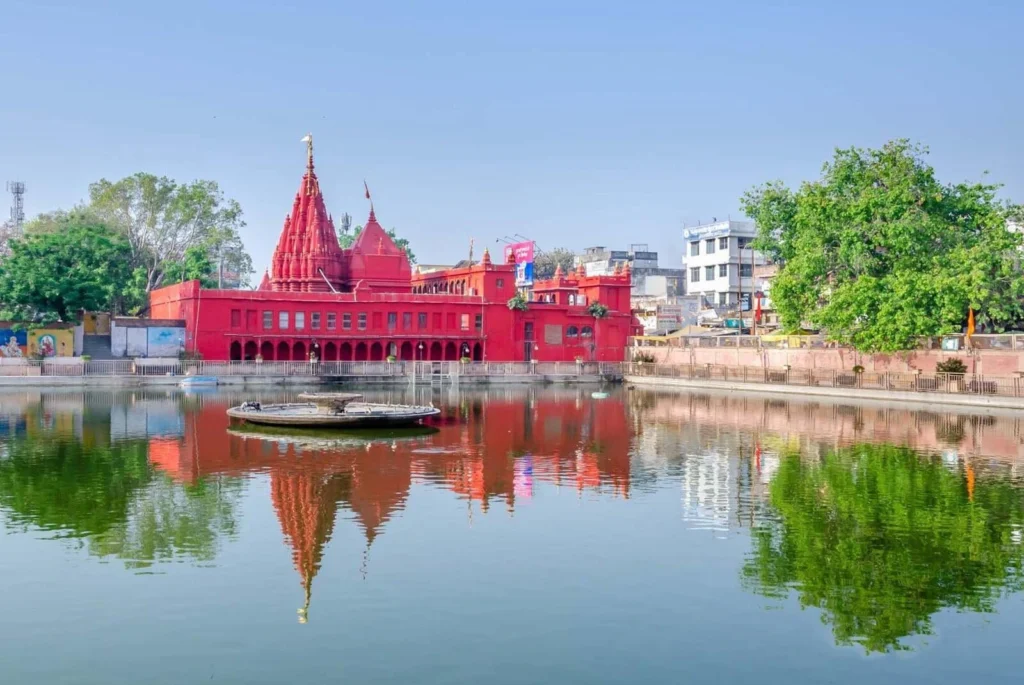
People commonly refer to this attraction as the Monkey Temple and it is a sanctuary dedicated to Goddess Durga that shines in red. The temple emerged as a construction during the 18th century when a Bengali queen made it under Nagara-style architectural guidelines.
Local tradition indicates that the Goddess Durga idol surfaced on its own before any priests performed installation. The temple receives thousands of devotees throughout the Navratri celebrations along with their impressive rituals and festive events.
The temple achieves spiritual elegance from a vast rectangular pond (Durga Kund) located beside the structure.
The best moment to explore the destination appears when Navratri is active for a festive atmosphere. Watch out for monkeys at the site since these territorial creatures steal food along with other belongings from visitors.
16. Shivala Ghat – Remnants of a Royal Past

Shivala Ghat presents a peaceful atmosphere with wonderful views as it stands apart from the busy ghats found in Varanasi. During his time Varanasi held importance to the Nepali King Sanjay Vikram Shah whose palace remains in the city as evidence of this connection.
Shivala Ghat provides visitors with an unperturbed environment which exists separate from the downtown bustle. Devotees visit the Shiva Temple because they want to worship Shiva while meditating during peaceful moments.
During sunset is the best period to visit and experience the relaxing river view. A peaceful riverside walk becomes possible by visiting the ghat.

